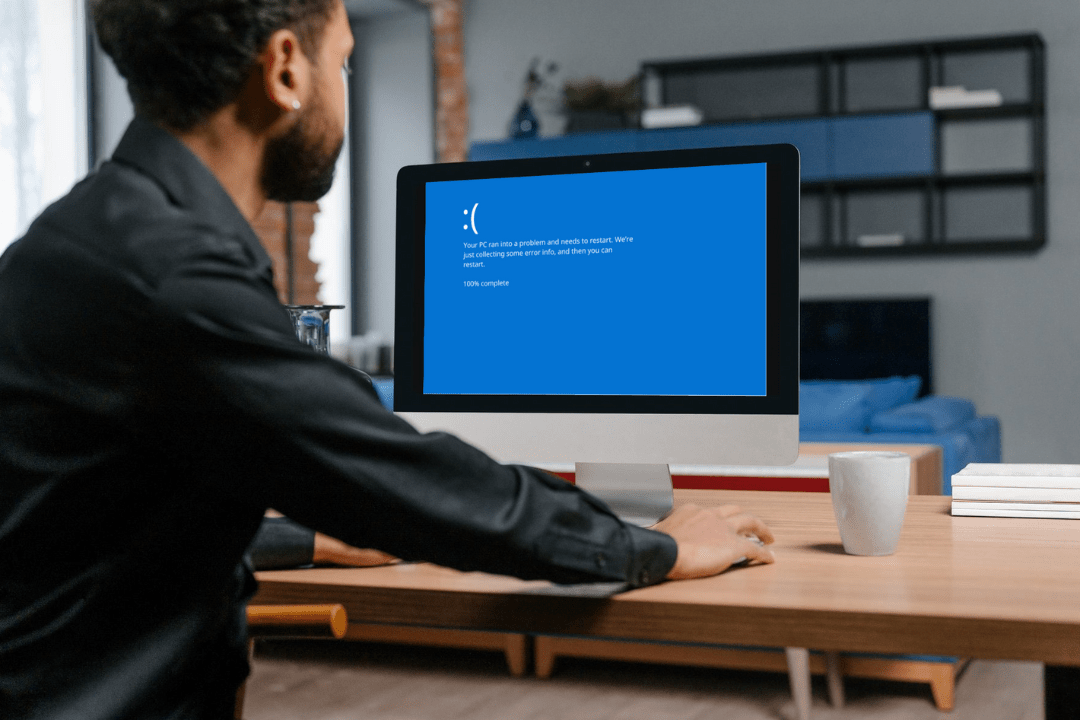In today’s digital landscape, remote work has become the new norm for many businesses. While this shift offers flexibility and convenience, it also brings about new cyber security challenges, particularly in the form of phishing attacks. Cybercriminals are exploiting the vulnerabilities inherent in remote work setups to launch an increasing number of sophisticated phishing campaigns, putting both employees and organisations at risk.
Why Is Phishing on The Rise?
Phishing attacks involve cybercriminals masquerading as legitimate entities to deceive individuals into revealing sensitive information, such as login credentials, financial data, or personal details. In the context of remote work, phishing attacks have become increasingly prevalent for several reasons:
- Increased Reliance on Digital Communication: With remote work, employees rely heavily on digital communication tools such as email, chat, and video conferencing platforms. This creates more opportunities for cybercriminals to impersonate trusted entities and manipulate employees into divulging sensitive information.
- Blurring of Personal and Professional Boundaries: Remote work blurs the lines between personal and professional devices and accounts, making it easier for cybercriminals to target individuals both in their professional and personal capacities.
- Limited Security Measures: Remote work environments may lack the robust security measures found in traditional office settings, making them more vulnerable to phishing attacks. Employees may be using unsecured Wi-Fi networks or personal devices that lack adequate security controls, providing cybercriminals with entry points into corporate networks.
Tactics Used by Cybercriminals
Phishing attacks targeting remote workers have become increasingly sophisticated, employing various tactics to deceive unsuspecting individuals. Some common tactics include:
- Email Spoofing: Cybercriminals often impersonate legitimate entities, such as colleagues, clients, or trusted organisations, by spoofing email addresses. These spoofed emails typically contain malicious links or attachments to steal sensitive information or deploy malware onto the victim’s device.
- Social Engineering: Phishers leverage social engineering techniques to manipulate remote workers into divulging confidential information or performing actions that compromise security. This may involve creating a sense of urgency or using psychological tactics to persuade individuals to click on malicious links or provide login credentials.
- Credential Harvesting: Another prevalent tactic is credential harvesting, where cybercriminals set up fake login pages that mimic legitimate websites or services. Remote workers may unwittingly enter their login credentials, allowing attackers to harvest this sensitive information for fraudulent purposes.
Impact on Businesses
The impact of phishing attacks on businesses can be severe. Some of the brutal consequences include:
- Data Breaches: Successful phishing attacks can lead to unauthorised access to sensitive data, and then data breaches and compliance violations. This can have far-reaching consequences, including regulatory fines, legal liabilities, and damage to customer trust.
- Financial Losses: Phishing attacks can also lead to various financial losses, such as fraudulent wire transfers, ransomware payments, or unauthorised transactions conducted using stolen credentials.
- Reputational Damage: A successful phishing attack can tarnish an organisation’s reputation, eroding trust among customers, partners, and stakeholders. Rebuilding trust and credibility in the aftermath of a cyber incident can be a challenging and time-consuming process.
Practical Tips for Safeguarding Against Phishing Attacks
To mitigate the risk of phishing attacks targeting remote workers, organisations can implement the following cyber security best practices:
- Employee Training: Provide comprehensive cyber security awareness training to educate remote workers about the dangers of phishing and how to recognise suspicious emails or messages. Encourage employees to verify the authenticity of requests before taking any action.
- Multi-Factor Authentication (MFA): Implement multi-factor authentication (MFA) for remote access to corporate systems and applications. MFA adds an extra layer of security by requiring additional verification steps, such as biometric scans or one-time passcodes, to authenticate users.
- Email Filtering: Deploy advanced email filtering solutions to automatically detect and block phishing emails before they reach users’ inboxes. These solutions use machine learning algorithms and threat intelligence to identify malicious content and prevent email-based threats.
- Security Awareness Campaigns: Launch regular security awareness campaigns to reinforce cyber security best practices and remind remote workers to remain vigilant against phishing attacks. Use engaging and interactive content, such as simulated phishing exercises and educational videos, to keep employees informed and proactive about security threats.
By adopting a proactive approach to cyber security and implementing robust security measures, organisations can effectively mitigate the risk of phishing attacks targeting remote workers and safeguard their sensitive data and assets.
Tips for Remote Workers
There are also steps that individual employees can take to protect themselves and their organisations:
- Verify Sender Identity: Before clicking on any links or downloading attachments in emails, verify the sender’s identity by checking the email address and domain. Be cautious of emails from unknown or suspicious senders, especially if they request sensitive information or prompt urgent action.
- Hover Before Clicking: Hover your mouse cursor over hyperlinks in emails to preview the destination URL. Avoid clicking on links that appear suspicious or redirect to unfamiliar websites.
- Stay Updated: Keep your software, operating systems, and security applications up to date with the latest patches and updates. Cybercriminals often exploit known vulnerabilities in outdated software to launch phishing attacks and distribute malware.
- Practice Safe Browsing Habits: Exercise caution when browsing the internet and avoid visiting untrusted websites or clicking on pop-up ads. Stick to secure websites with HTTPS encryption and look for trust seals or security badges to verify site authenticity.
- Report Suspicious Activity: If you receive a phishing email or suspect fraudulent activity, report it to your organisation’s IT or security team immediately. Prompt reporting allows security professionals to investigate the incident, mitigate potential risks, and prevent future attacks.
- Stay Informed: Stay informed about the latest phishing trends, tactics, and cyber security news through reputable sources. Educate yourself about common phishing techniques and learn how to recognise and respond to phishing attempts effectively.
As remote work continues to be the norm for many organisations, the threat of phishing attacks looms large. By understanding the tactics used by cybercriminals and implementing proactive security measures, remote workers can safeguard themselves and their organisations against phishing attacks. Through vigilance, education, and collaboration, we can mitigate the risks posed by phishing and ensure a secure remote work environment for all.
OmniCyber Security provides a range of security products designed to test your organisation’s resilience to attacks such as phishing. Contact our team today to explore what we can do for your security.




